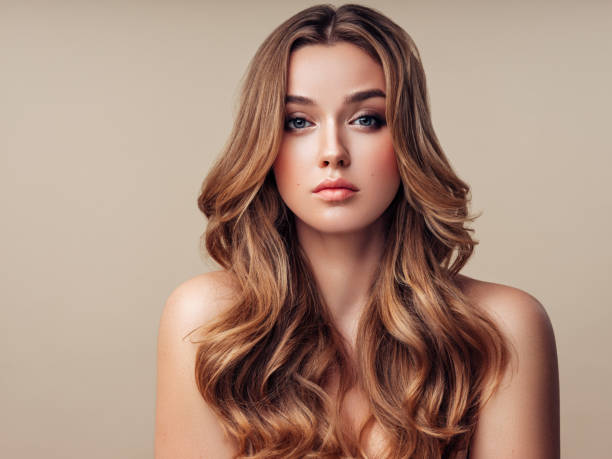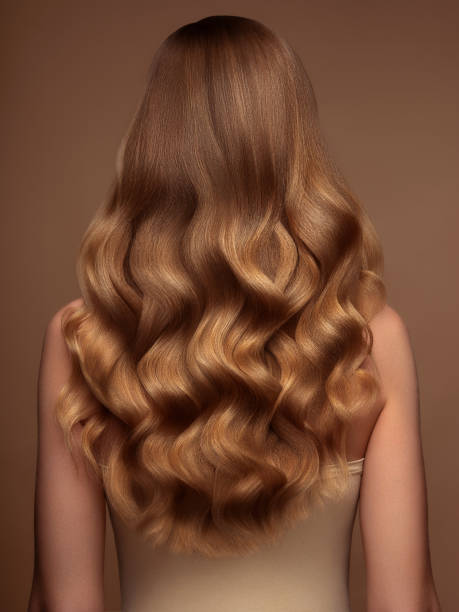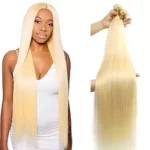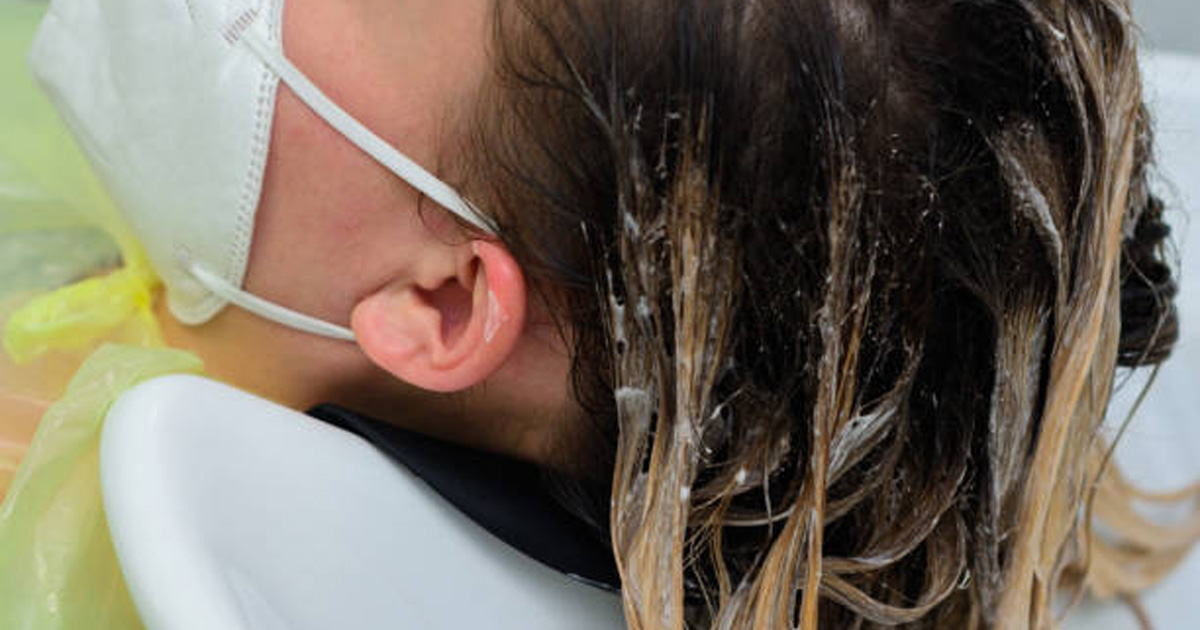Pronounced BAH-LEE-AHGE, balayage is actually a French word meaning ‘sweeping’, as in to sweep on a hair lightener to create highlights. As a technique of free-hand painting highlights onto the hair, balayage creates a soft and natural gradation of lightness toward the ends. With effects like summers spent at the beach, or the fresh, unintentionally perfect highlights on a child, balayage is not just for blondes but is actually used on all shades of hair to add soft, Sunkissed dimension.
What is the difference between highlights and balayage?
A highlight is a general term that simply refers to hair that is lighter than the base color, using a method called “foiling”. The foil is used to separate strands of hair that have been covered with a color or lightener before wrapping them in the foil to process. Foil highlights are generally placed close to the scalp, lighting the hair from the roots to the ends for an all-over highlighted look.
Balayage is a free-hand technique of applying highlights and does not usually use foil to separate the hair. Balayage creates soft and a natural gradation of lightness along the hair strand—usually slightly deeper closer to the scalp and lighter towards the ends. Typically, balayage starts away from the roots and is focused on the mid-shafts and ends of hair.

How to care for balayage hair?
When adding highlights, lowlights, or adding a new tone, you can always start with 3-4 pieces until you feel more confident in your application, adding more as you fall in love with the look. If you’re feeling especially hesitant, you can also pin up the front crown portion of your hair and apply your balayage highlights underneath for a less noticeable look. From lowlights to highlights to all-over color, the thing to remember about hair color is that it should be fun.


 Bundles (Weft)
Bundles (Weft)